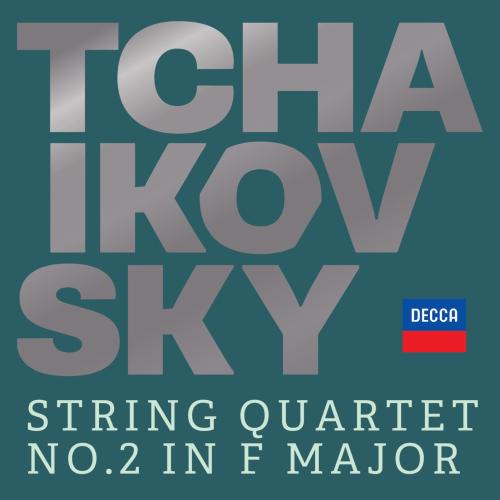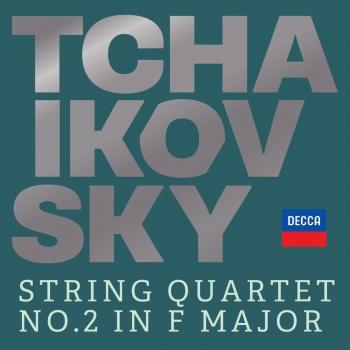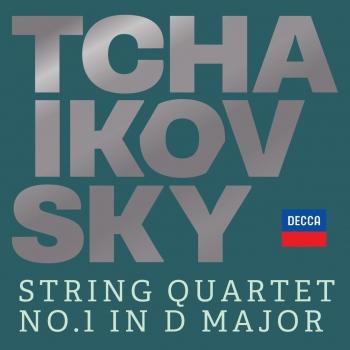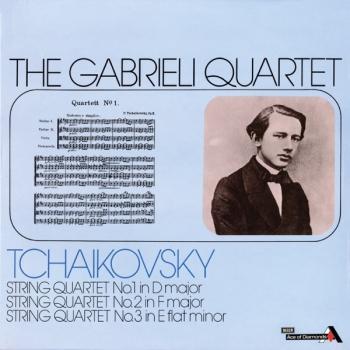
Tchaikovsky: String Quartet No. 2 in F Major, Op. 22 (Remastered) Gabrieli String Quartet
Album info
Album-Release:
2020
HRA-Release:
20.03.2020
Label: Decca Music Group Ltd.
Genre: Classical
Artist: Gabrieli String Quartet
Composer: Piotr Ilyich Tchaikovsky (1840-1993)
Album including Album cover
I`m sorry!
Dear HIGHRESAUDIO Visitor,
due to territorial constraints and also different releases dates in each country you currently can`t purchase this album. We are updating our release dates twice a week. So, please feel free to check from time-to-time, if the album is available for your country.
We suggest, that you bookmark the album and use our Short List function.
Thank you for your understanding and patience.
Yours sincerely, HIGHRESAUDIO
- Peter Ilyich Tchaikovsky (1840 - 1893): String Quartet No. 2 in F Major, Op. 22, TH 112:
- 1 String Quartet No. 2 in F Major, Op. 22, TH 112: I. Adagio - Moderato assai 11:20
- 2 String Quartet No. 2 in F Major, Op. 22, TH 112: II. Scherzo. Allegro giusto 05:37
- 3 String Quartet No. 2 in F Major, Op. 22, TH 112: III. Andante ma non troppo 12:01
- 4 String Quartet No. 2 in F Major, Op. 22, TH 112: IV. Finale. Allegro con moto 05:41
Info for Tchaikovsky: String Quartet No. 2 in F Major, Op. 22 (Remastered)
On the whole, Tchaikovsky's String Quartet No. 2 (1874) is a darker work than its popular predecessor. The first movement begins with a melancholy, faintly dissonant Adagio introduction, through which weaves an elaborate violin filigree. The music shifts into Moderato assai, and though the pace picks up, the mood never lifts. The themes could almost double as arias of love and fury (the composer had recently completed his opera The Oprichnik); they are generally declaimed by a single instrument, with the other three providing nervous accompaniment. The second movement, Allegro giusto, is a gentle scherzo hobbling along in an irregular 7/4 rhythm (two bars in 6/8 followed by one in 9/8), characteristic of much Russian folk music. The central trio provides a charming waltz episode, with a strong accent on the second beat. The opening material returns, now marked con fuoco, concluding the movement at a slightly higher dramatic pitch.
The Andante ma non tanto is a rondo that begins with a lament (which will return to unify the movement), summons the courage for a more vigorous second section, and ultimately fades into a wistful ending. The Allegro con moto finale is happier stuff, six minutes crammed with a cornucopia of themes and variants, most of them bouncing over a galloping rhythm. The movement includes a little fugue derived from the opening theme, builds excitement with every new episode, and concludes with an exultant coda.
Gabrieli String Quartet
Digitally remastered
No biography found.
This album contains no booklet.











